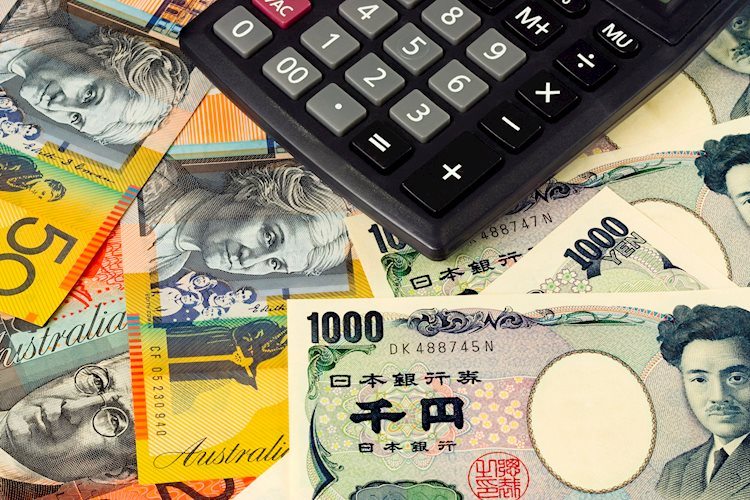AUD/JPY has taken a downward turn after a four-day winning streak, with the currency pair trading around 98.40 during the European session on Tuesday. This decline is the result of increased risk aversion among traders, driven by mounting concerns over the Chinese economy. The latest data on China’s manufacturing PMI in July showed mixed signals, with official figures indicating a contraction in factory activity and private surveys suggesting expansion. As China is a key trading partner of Australia, this data is closely watched by traders in the AUD/JPY market.
Traders are now turning their attention to upcoming economic data releases from Australia, including the Q2 Gross Domestic Product (GDP) and July Trade Balance data. Additionally, they are awaiting a speech by Reserve Bank of Australia (RBA) Governor Michele Bullock later in the week, in hopes of gaining more insights into the central bank’s monetary policy stance. The RBA’s hawkish outlook on monetary policy could have an impact on the AUD/JPY cross in the near term.
In response to rising energy costs and the resulting cost-of-living pressures, Japan has announced the allocation of ¥989 billion to fund energy subsidies. This government intervention is aimed at easing the burden on consumers and could potentially contribute to inflation in the country. The Bank of Japan (BoJ) has also maintained a hawkish monetary policy stance, with Tokyo’s inflation rising to 2.6% year-on-year in August, up from 2.2% in July. Core CPI also increased to 1.6% year-on-year in August, reflecting the BoJ’s efforts to achieve its inflation target.
Overall, the recent developments in the AUD/JPY market highlight the impact of global economic factors on currency movements. Traders are closely monitoring economic data releases and central bank announcements to gauge the direction of the currency pair. With risk aversion on the rise due to concerns over the Chinese economy, the AUD/JPY cross may continue to face downward pressure in the near term. However, positive economic data from Australia or a hawkish stance from the RBA could potentially reverse this trend and lead to a recovery in the currency pair. As market dynamics evolve, traders will need to stay informed and adapt their strategies to navigate the fluctuations in the AUD/JPY market.











